Home>Gardening & Outdoor>Pool & Spa Care>How Do I Get Rid Of Biofilm In My Hot Tub


Pool & Spa Care
How Do I Get Rid Of Biofilm In My Hot Tub
Modified: August 23, 2024
Learn effective pool and spa care tips to eliminate biofilm in your hot tub. Discover expert advice and products to maintain a clean and healthy environment.
(Many of the links in this article redirect to a specific reviewed product. Your purchase of these products through affiliate links helps to generate commission for Storables.com, at no extra cost. Learn more)
**
Introduction
**
So, you've been enjoying the luxurious comfort of your hot tub, but lately, you've noticed some unsightly build-up and strange odors. Chances are, you're dealing with a common hot tub nuisance known as biofilm. This slimy, stubborn substance can lurk in the nooks and crannies of your hot tub, causing water discoloration, unpleasant smells, and potential health hazards. But fear not! With the right knowledge and techniques, you can effectively banish biofilm and restore your hot tub to its pristine state.
In this comprehensive guide, we'll delve into the world of biofilm in hot tubs, exploring its nature, the methods for removing it, and crucial tips for preventing its return. Whether you're a seasoned hot tub owner or a newcomer to the world of hydrotherapy, understanding how to combat biofilm is essential for maintaining a clean, safe, and inviting hot tub environment. Let's embark on this journey to uncover the secrets of biofilm and reclaim the joy of soaking in your hot tub oasis.
**
Key Takeaways:
- Biofilm, a slimy buildup in hot tubs, can cause water discoloration and odors. To remove it, drain, clean, and sanitize your hot tub, then maintain it regularly to prevent biofilm from returning.
- Prevent biofilm by testing water, maintaining sanitation, and cleaning filters. Minimize organic contaminants and periodically drain and refill your hot tub to keep it clean and inviting.
Read more: How Do I Get Rid Of A Hot Tub
Understanding Biofilm in Hot Tubs
**
Before we can effectively combat biofilm, it's crucial to grasp what it is and how it forms in hot tubs. Biofilm is a complex community of microorganisms, including bacteria, algae, fungi, and other microbes, encased in a slimy matrix of extracellular polymeric substances (EPS). This matrix acts as a protective shield, allowing the microorganisms to adhere to surfaces and thrive in the warm, moist environment of a hot tub.
One of the primary culprits in biofilm formation is the presence of organic matter, such as body oils, lotions, sweat, and even debris brought in by bathers. When these substances mix with the warm water and residual disinfectants in the hot tub, they create an ideal breeding ground for biofilm. Additionally, irregular maintenance, inadequate sanitation, and improper water chemistry can exacerbate biofilm growth, leading to water quality issues and potential health risks.
Understanding the tenacious nature of biofilm is essential. Once established, biofilm can be remarkably resistant to traditional sanitizers and cleaning methods. Its ability to shield microorganisms from chemical agents makes it a persistent foe in hot tub maintenance. Moreover, biofilm can release foul odors, compromise water clarity, and contribute to equipment deterioration, posing significant challenges for hot tub owners.
By comprehending the underlying mechanisms of biofilm formation and its impact on hot tub ecosystems, we can devise effective strategies to combat and prevent its proliferation. In the following sections, we will explore various methods for removing biofilm and essential tips for safeguarding your hot tub against its insidious grip.
**
Methods for Removing Biofilm
**
Combatting biofilm in your hot tub requires a multi-faceted approach, combining mechanical, chemical, and preventive measures to effectively eradicate this stubborn intruder. Here are some proven methods for removing biofilm and restoring your hot tub to a pristine condition:
1. Drain and Deep Clean
The first step in tackling biofilm is to drain the hot tub completely. Once drained, thoroughly scrub the interior surfaces, including the walls, floor, jets, and any crevices where biofilm may be lurking. Use a non-abrasive cleaner specifically formulated for hot tub surfaces to ensure thorough removal of biofilm and other contaminants. Pay special attention to areas with poor water circulation, as these are prime spots for biofilm accumulation.
2. Chemical Treatment
After the initial scrubbing, it’s essential to treat the hot tub with a biofilm-specific cleaner or a diluted bleach solution to further eliminate any remaining biofilm and microbial residues. Follow the manufacturer’s instructions for the appropriate dosage and contact time. This chemical treatment helps break down the biofilm matrix and neutralize microbial populations, preparing the hot tub for the next crucial step.
3. Shock Chlorination
Once the hot tub has been cleaned and treated with a biofilm-specific cleaner, shock chlorination is an effective method to sanitize the water and eliminate any lingering biofilm remnants. Using a high dose of chlorine or non-chlorine shock oxidizer, ensure that the hot tub water is thoroughly disinfected. This process helps destroy any remaining biofilm and microorganisms, promoting a clean and safe hot tub environment.
4. Replace Filters and Clean System Components
As biofilm can accumulate within the hot tub’s filtration system and plumbing lines, it’s imperative to replace the filters and thoroughly clean all system components. This includes flushing the plumbing lines, inspecting and cleaning the circulation pump, and ensuring that all components are free from biofilm and microbial buildup. Regular maintenance of the filtration system is crucial for preventing biofilm reformation.
5. Ongoing Maintenance
After eradicating biofilm from your hot tub, maintaining proper water chemistry, regular filtration, and consistent sanitation practices are essential for preventing its return. Implement a routine maintenance schedule, including regular water testing, filter cleaning or replacement, and adherence to recommended sanitizer levels. By staying proactive in hot tub care, you can minimize the risk of biofilm re-establishing its presence.
By employing these comprehensive methods for removing biofilm, you can effectively restore your hot tub to a clean, inviting, and safe condition, ensuring an optimal soaking experience for you and your guests.
**
Regularly clean and scrub the surfaces of your hot tub to prevent biofilm buildup. Use a non-toxic cleaner and a soft brush to remove any existing biofilm. Also, make sure to maintain proper water chemistry and filtration to prevent biofilm from forming.
Preventing Biofilm Buildup
**
While removing existing biofilm is crucial, preventing its reformation is equally important for maintaining a pristine hot tub environment. Implementing proactive measures to thwart biofilm buildup can significantly contribute to the long-term cleanliness and safety of your hot tub. Here are essential tips for preventing biofilm formation and safeguarding your hot tub against this persistent adversary:
1. Regular Water Testing and Maintenance
Consistent monitoring of your hot tub water chemistry is paramount in preventing biofilm formation. Test the water regularly using reliable test strips or liquid test kits to assess pH, alkalinity, sanitizer levels, and calcium hardness. Maintaining balanced water chemistry inhibits the conditions conducive to biofilm growth, preserving water quality and clarity.
2. Adequate Sanitation
Proper sanitation is critical for inhibiting biofilm formation. Ensure that your hot tub is equipped with an effective sanitizer, such as bromine or chlorine, and maintain the recommended sanitizer levels as per the manufacturer’s guidelines. Regularly shock treating the water, especially after heavy usage, helps eliminate organic contaminants and prevents biofilm from gaining a foothold.
3. Thorough Filtration
The hot tub’s filtration system plays a pivotal role in preventing biofilm accumulation. Routinely clean or replace the filters as recommended by the manufacturer to ensure optimal filtration efficiency. Additionally, consider using enzyme-based products designed to break down organic matter and inhibit biofilm formation within the filtration system and plumbing lines.
4. Proper Hot Tub Maintenance
Regular hot tub maintenance, including periodic draining, cleaning, and system inspections, is essential for preventing biofilm. Thoroughly clean the hot tub surfaces, including jets and nooks where biofilm can thrive, during routine maintenance sessions. Address any signs of biofilm or microbial growth promptly to prevent escalation.
5. Minimize Organic Contaminants
Minimizing the introduction of organic contaminants into the hot tub water is key to preventing biofilm. Encourage bathers to shower before entering the hot tub to reduce the influx of body oils, lotions, and sweat. Additionally, implement a “no food or beverages” policy in the hot tub area to minimize organic debris that can fuel biofilm growth.
6. Regular Draining and Refilling
Periodically draining and refilling the hot tub can help mitigate biofilm buildup. This practice allows for a fresh start, removing accumulated contaminants and preventing biofilm from establishing a resilient foothold. Follow the manufacturer’s recommendations for the frequency of water changes based on usage and maintenance requirements.
By integrating these preventive measures into your hot tub maintenance routine, you can effectively thwart biofilm formation and preserve a hygienic, inviting hot tub environment for your enjoyment and relaxation.
**
Conclusion
**
As we conclude our exploration of biofilm in hot tubs, it’s evident that combating this resilient intruder requires a combination of diligence, knowledge, and proactive maintenance. Biofilm’s ability to thrive in the warm, moist environment of hot tubs poses a persistent challenge, but with the right strategies, you can effectively remove biofilm and prevent its reformation, ensuring a clean, safe, and enjoyable hot tub experience.
By understanding the nature of biofilm and its formation, hot tub owners can implement targeted methods for removing biofilm, such as thorough cleaning, chemical treatments, shock chlorination, and meticulous system maintenance. These approaches are instrumental in eradicating biofilm and restoring the hot tub to its pristine state. Moreover, integrating preventive measures, including regular water testing, proper sanitation, thorough filtration, and minimizing organic contaminants, plays a pivotal role in thwarting biofilm buildup and maintaining water clarity and quality.
Ultimately, staying proactive in hot tub care and adhering to a consistent maintenance regimen are paramount for preventing biofilm and preserving a hygienic hot tub environment. Regular monitoring, prompt intervention, and adherence to recommended maintenance practices are essential for safeguarding your hot tub against biofilm’s insidious grip.
As you embark on your journey to combat biofilm and maintain a clean, inviting hot tub oasis, remember that knowledge is your most potent weapon. By staying informed, implementing effective strategies, and embracing a proactive mindset, you can conquer biofilm and revel in the rejuvenating pleasures of your hot tub with confidence and peace of mind.
So, go ahead, reclaim the joy of soaking in your hot tub oasis, knowing that you hold the key to banishing biofilm and preserving a pristine sanctuary for relaxation and rejuvenation.
Frequently Asked Questions about How Do I Get Rid Of Biofilm In My Hot Tub
Was this page helpful?
At Storables.com, we guarantee accurate and reliable information. Our content, validated by Expert Board Contributors, is crafted following stringent Editorial Policies. We're committed to providing you with well-researched, expert-backed insights for all your informational needs.
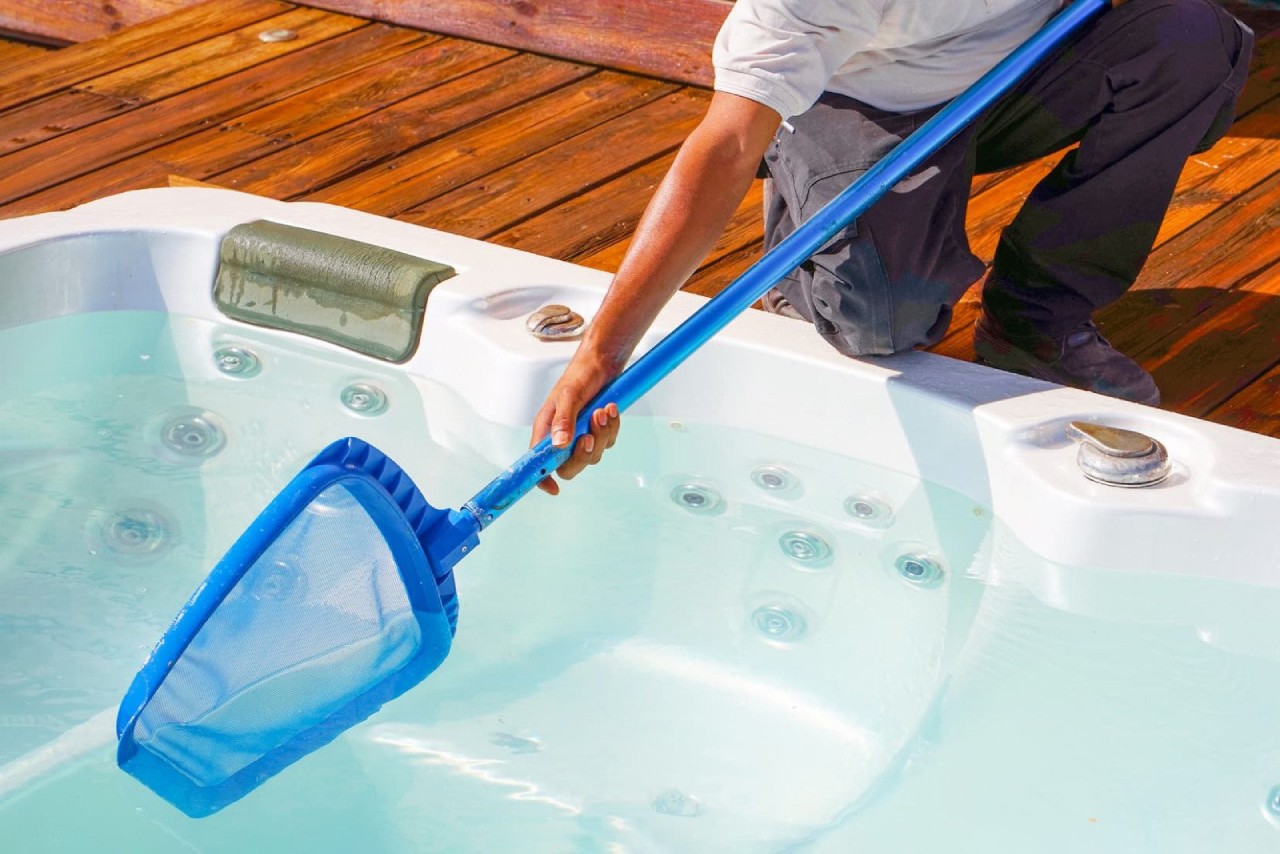
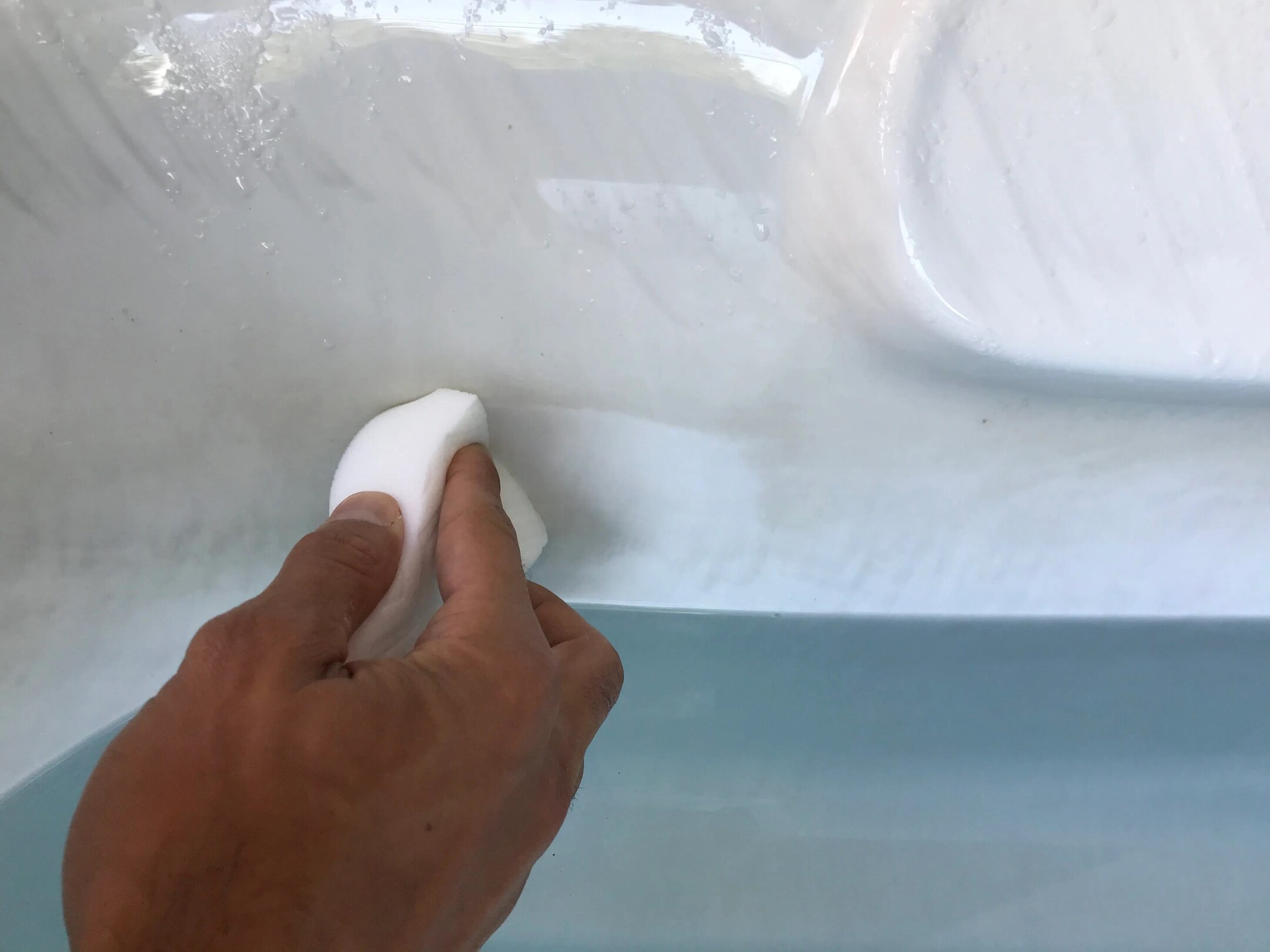
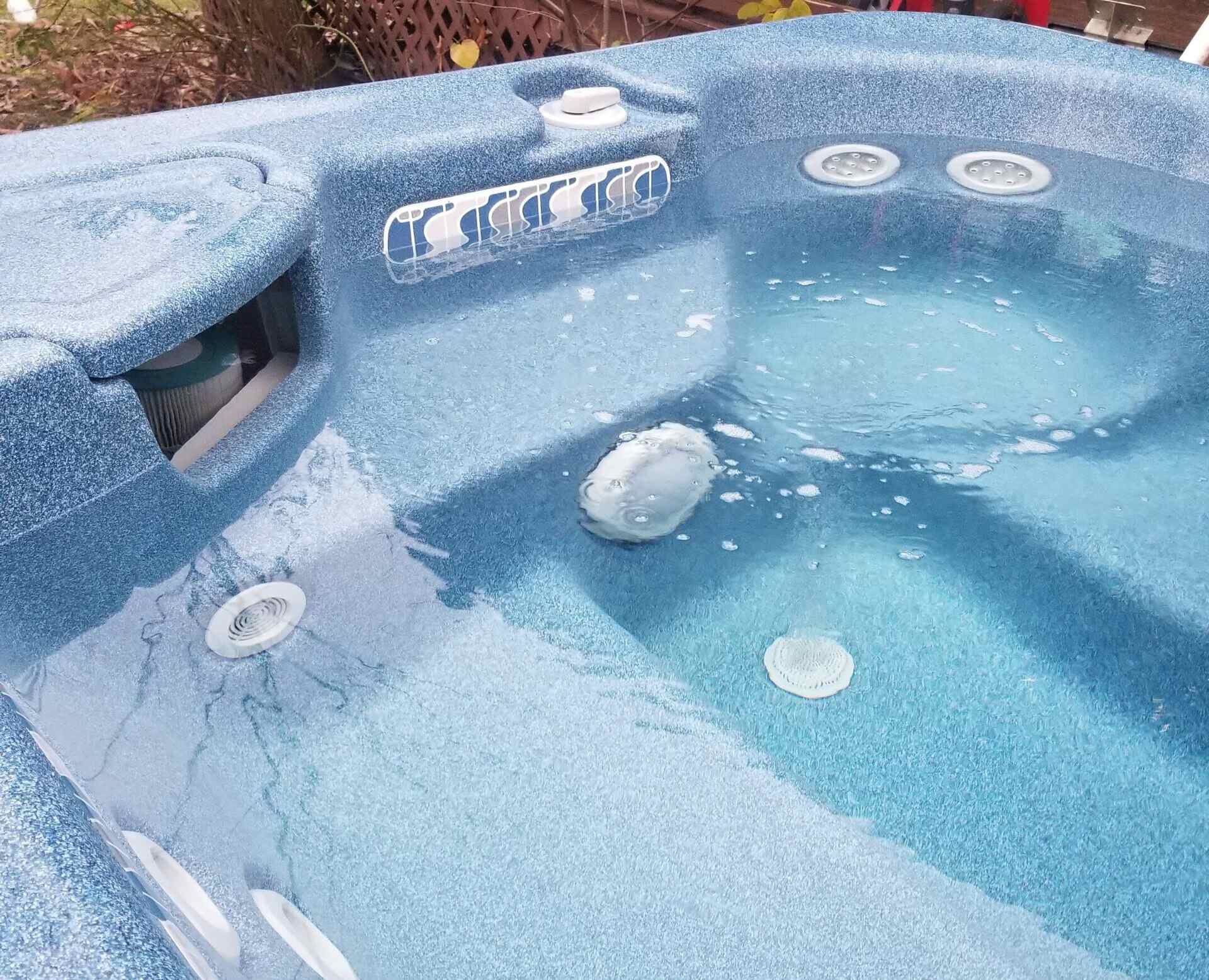
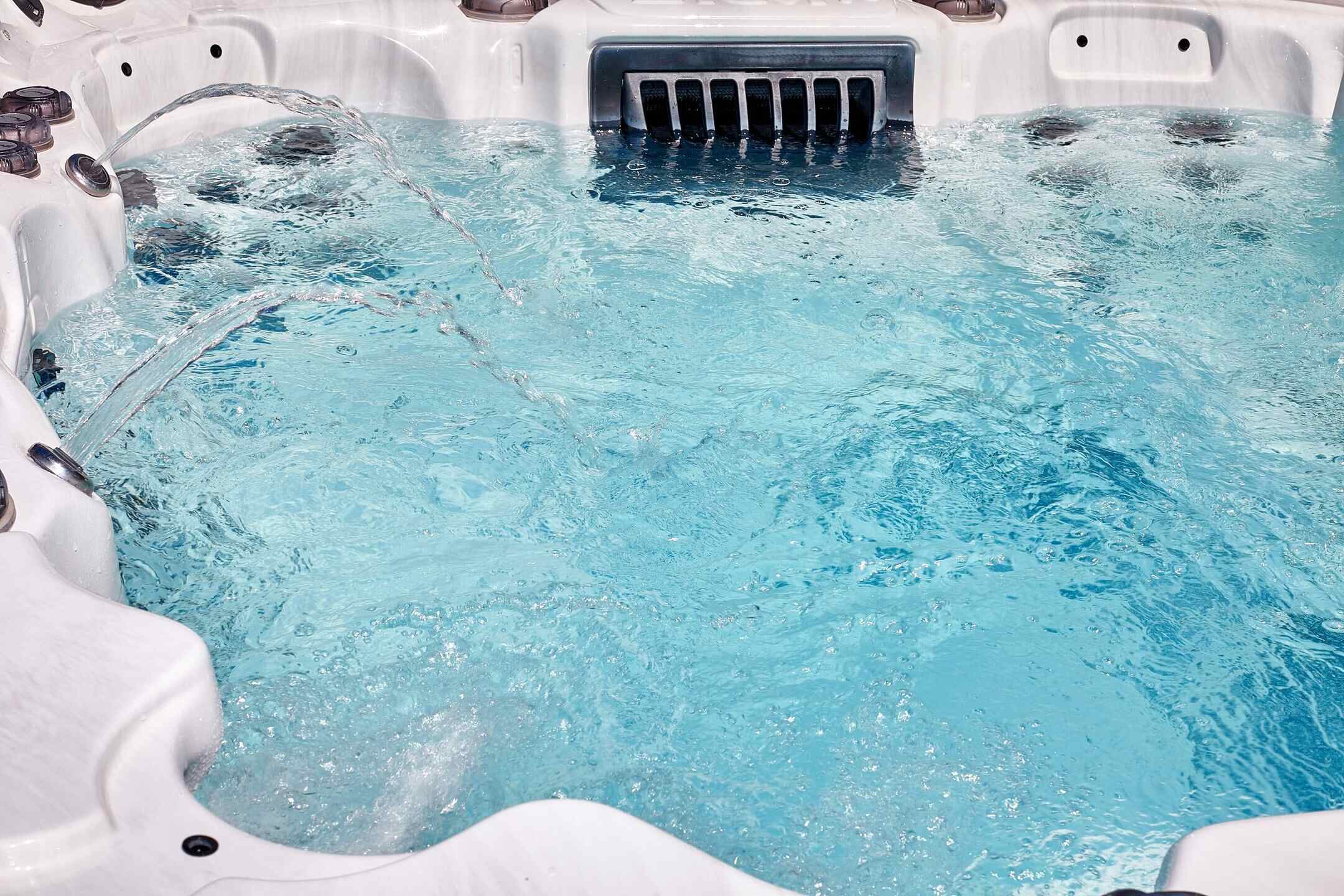
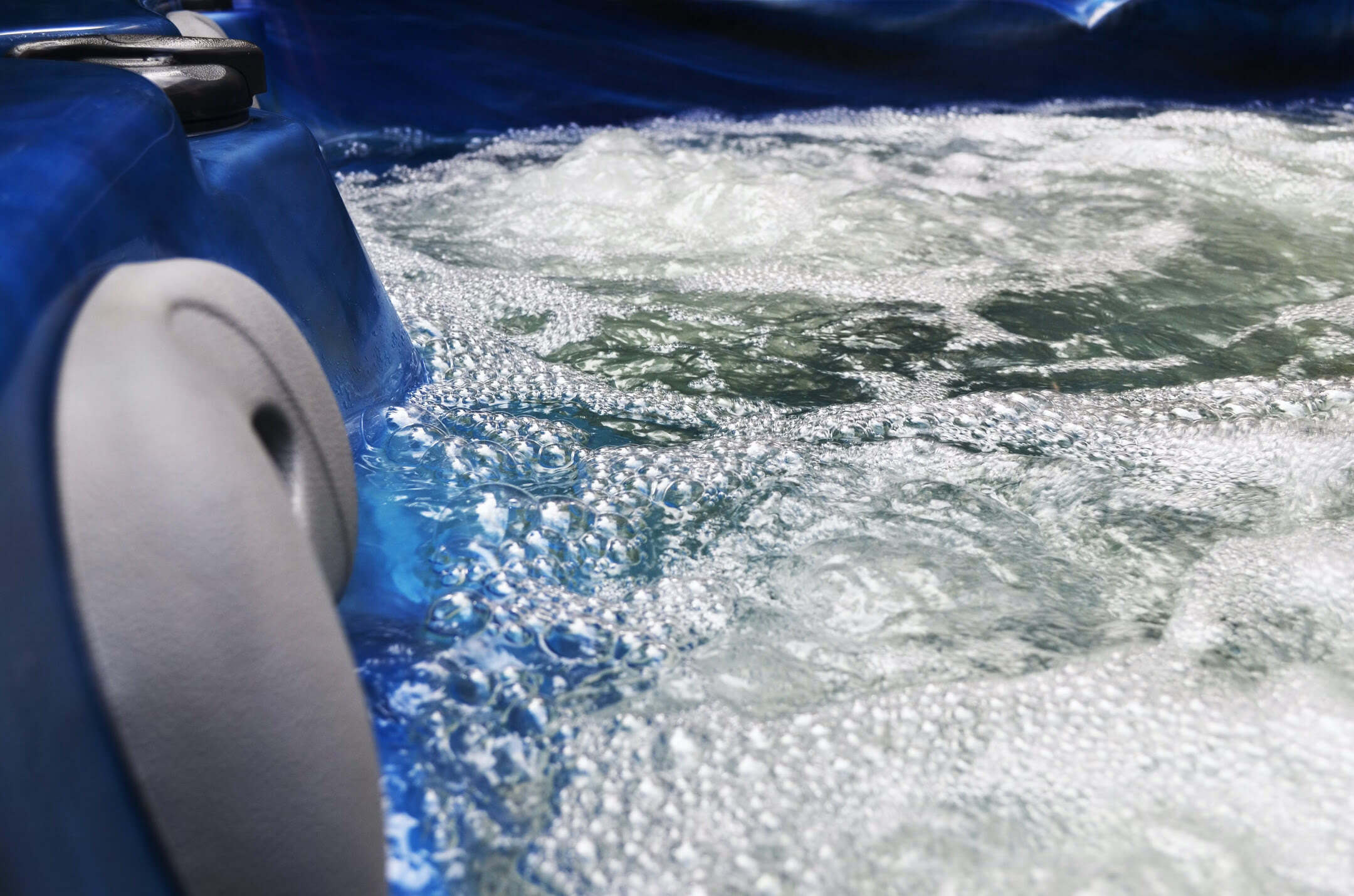

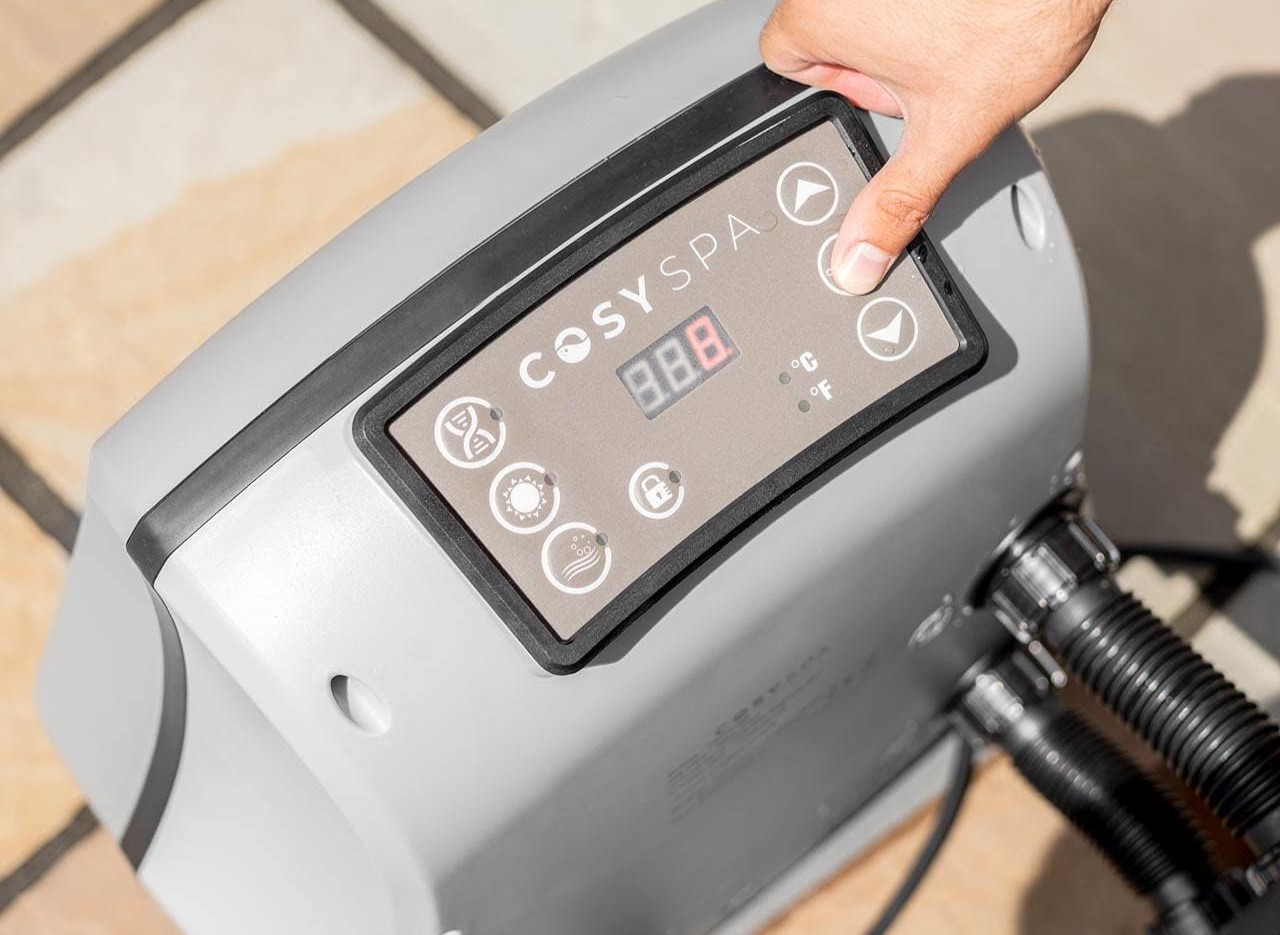
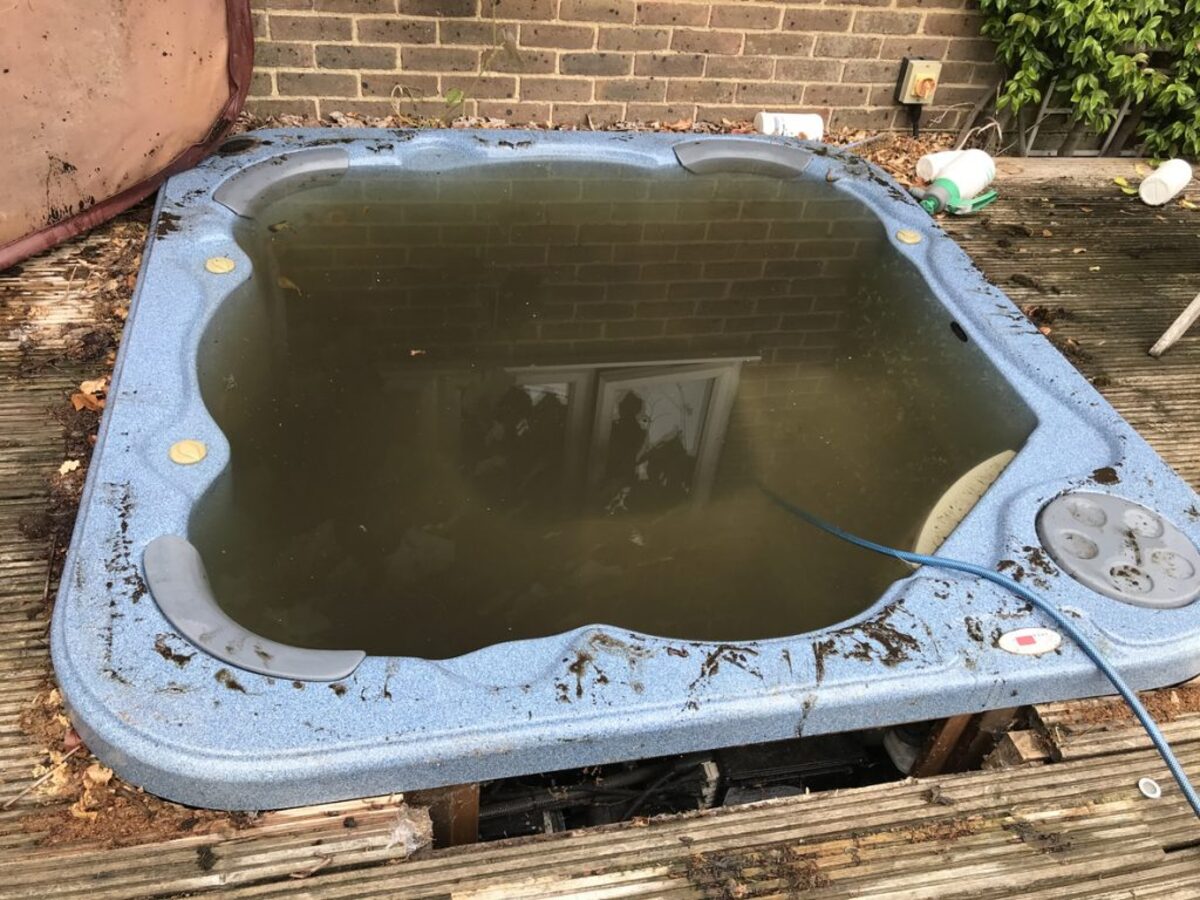
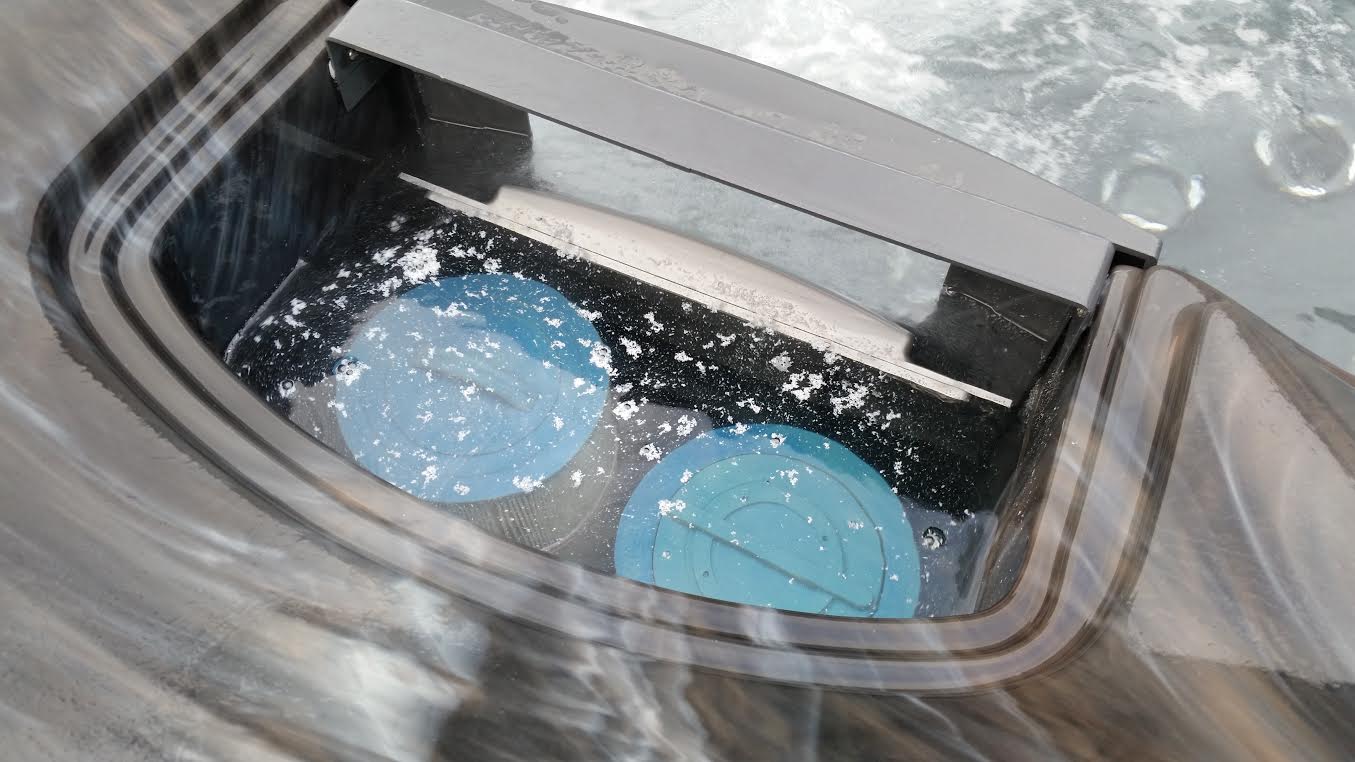
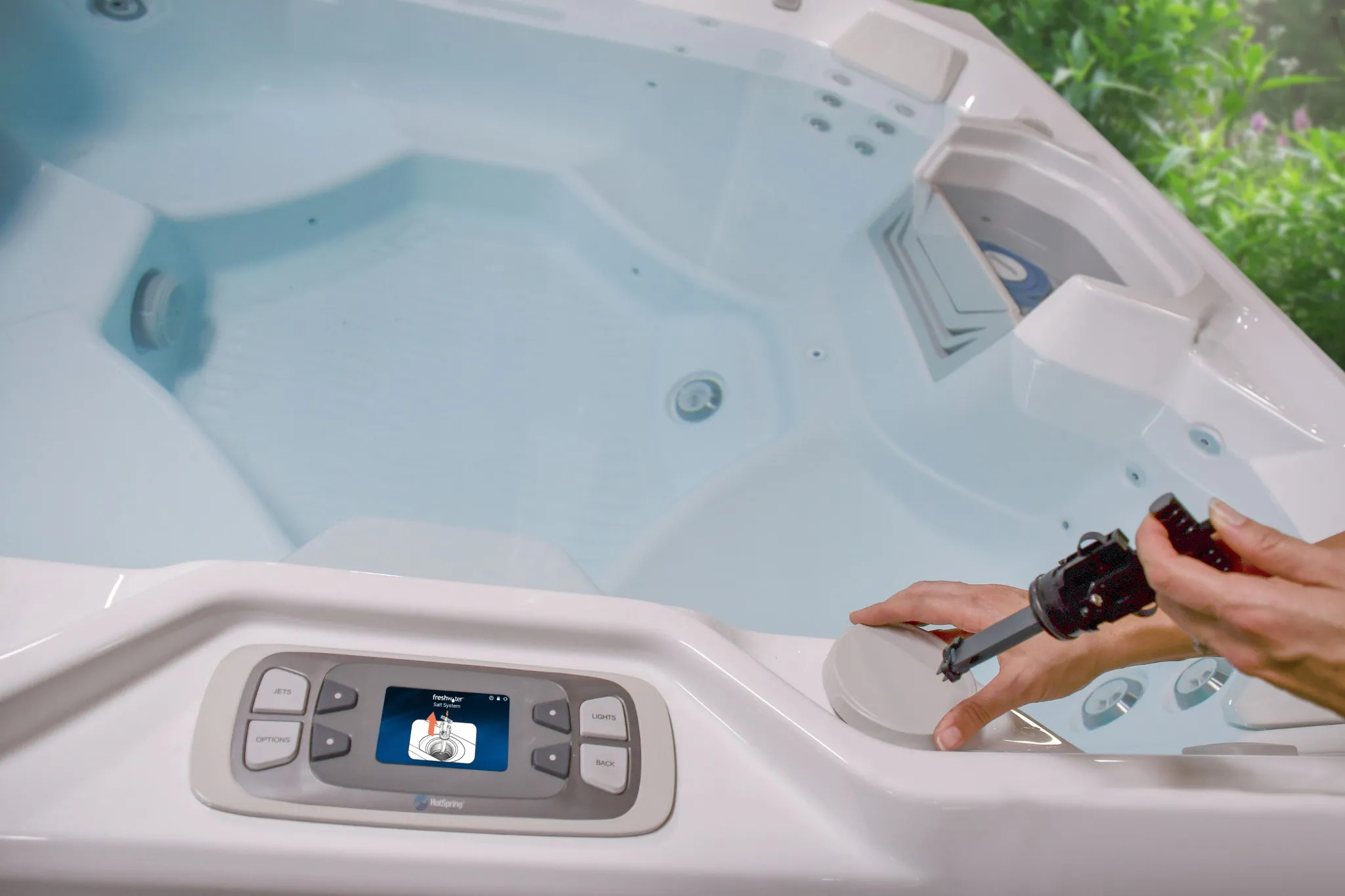
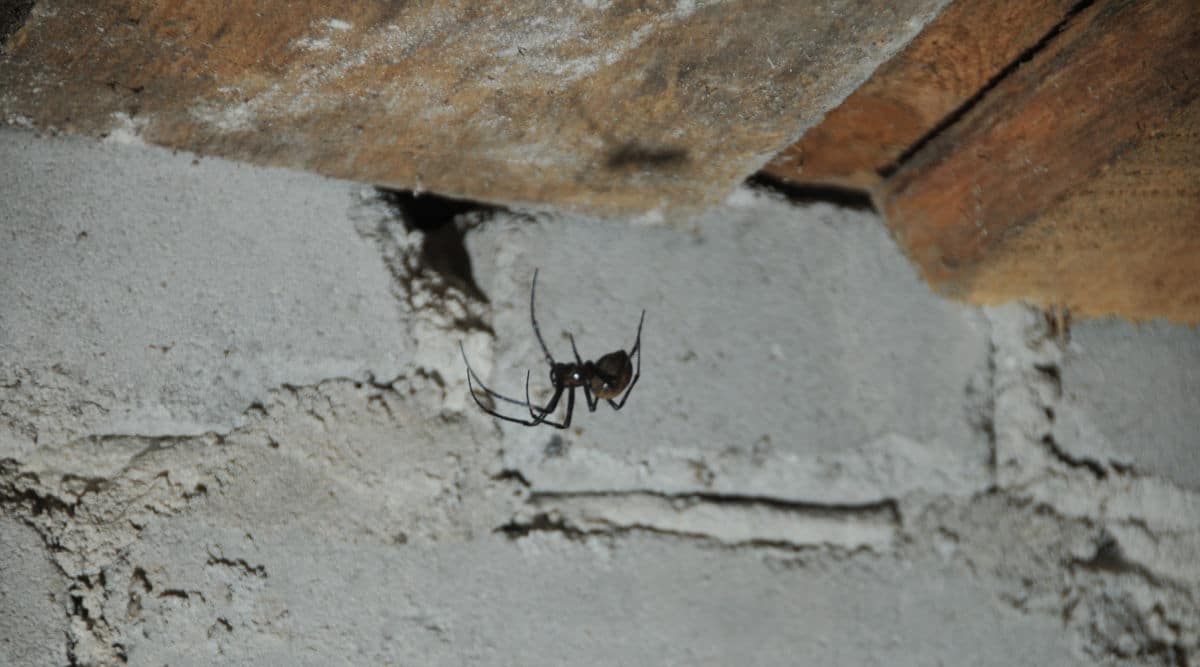
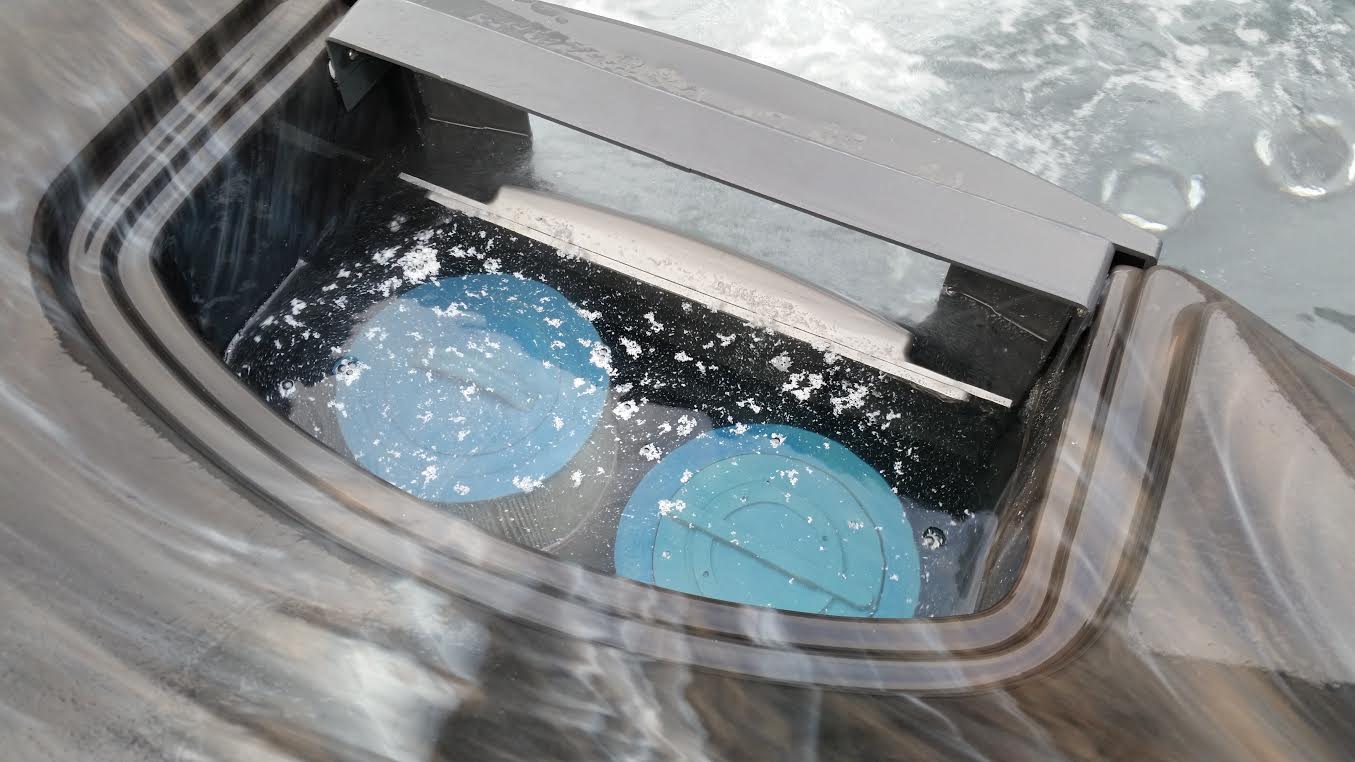

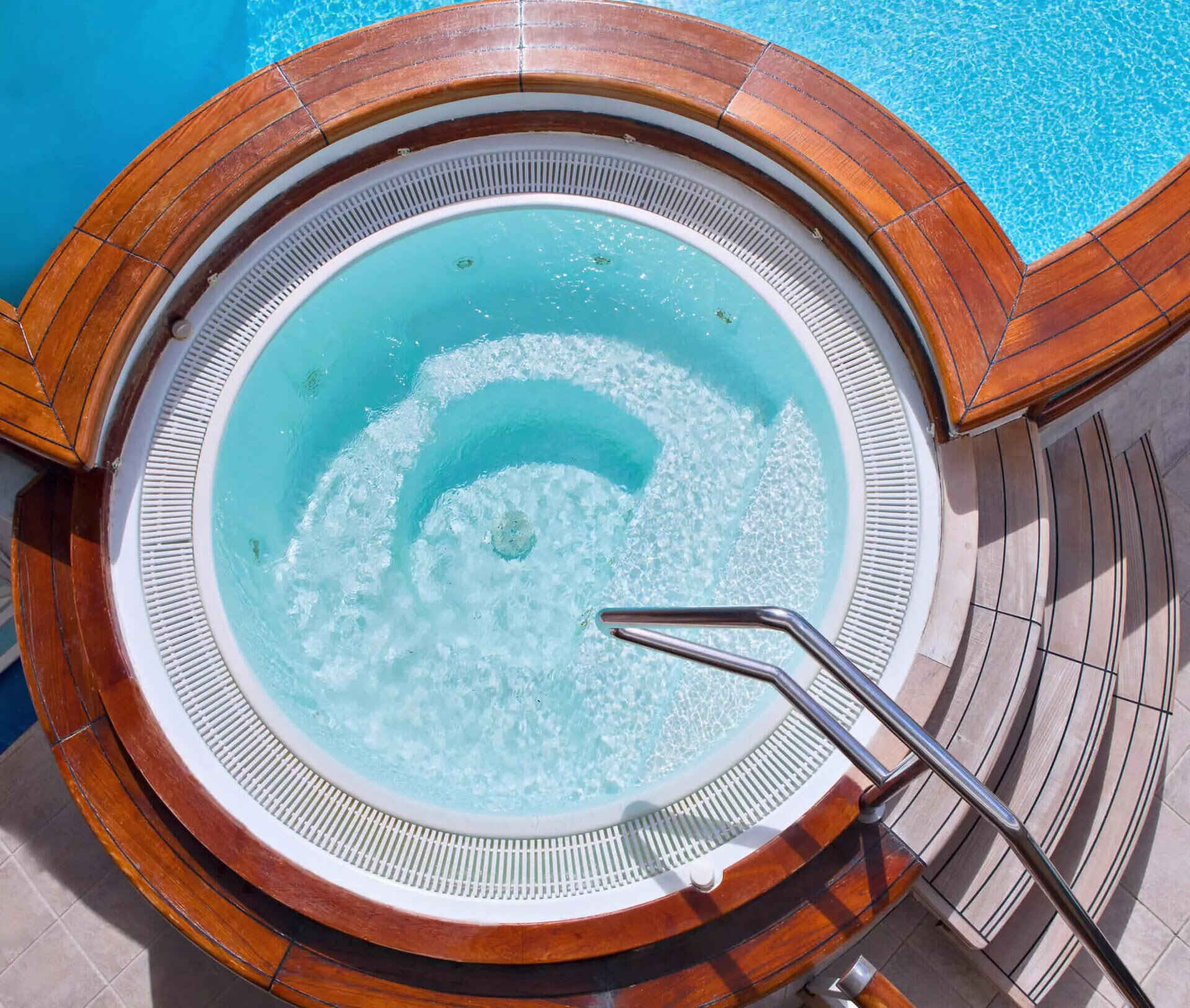
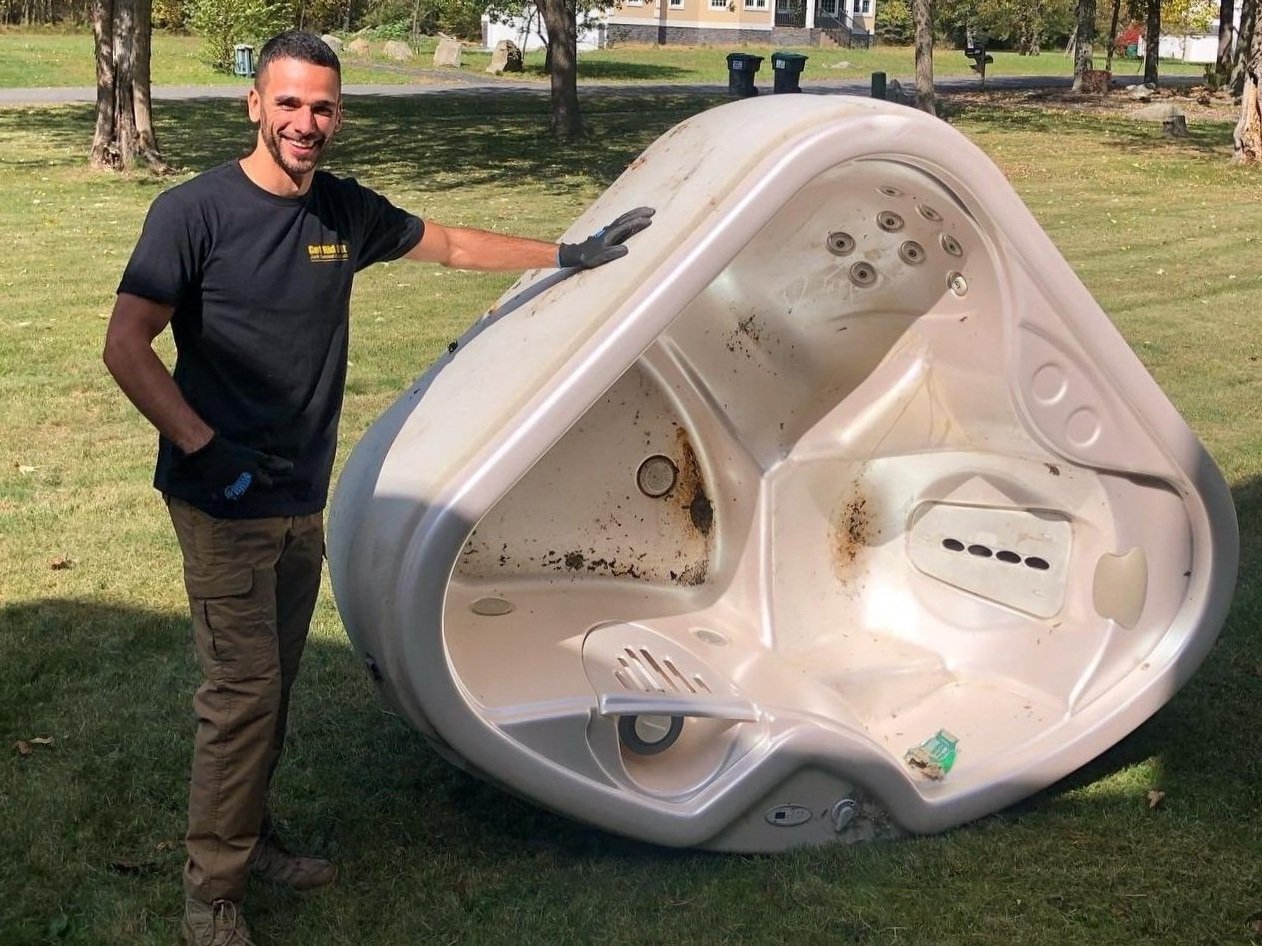

0 thoughts on “How Do I Get Rid Of Biofilm In My Hot Tub”